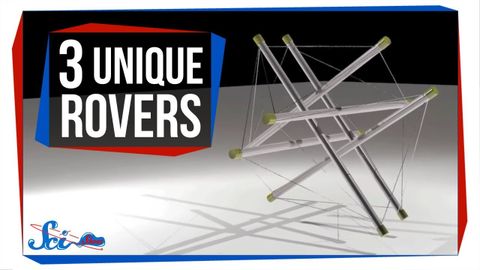極限世界的3個獨特巡遊者 (3 Unique Rovers for Extreme Worlds)
 沒有此條件下的單字
沒有此條件下的單字- v.t./i.棒;黏貼,張貼;堅持;伸出;忍受
- n. (c.)棍棒,棍枝,枝條
US /ˌɡærənˈti/
・
UK /ˌɡærən'ti:/
- v.t.保修;保證;保證;法律保障
- n. (c.)(某產品的)保固;保證某事的如期完成;擔保
US /ˈɪmˌpækt/
・
UK /'ɪmpækt/
- n.衝擊;碰撞
- v.t./i.撞擊(某人或物);影響;阻生
US /ɪnˈtɛɡrɪti/
・
UK /ɪnˈtegrəti/
- n. (u.)正直;完整;完全;完整;健全;資料完整性

